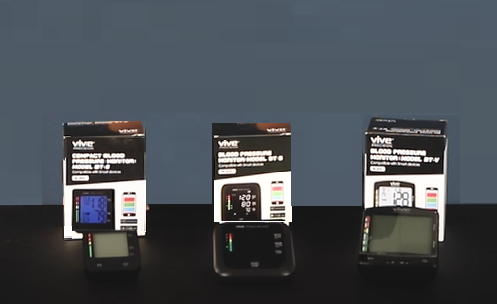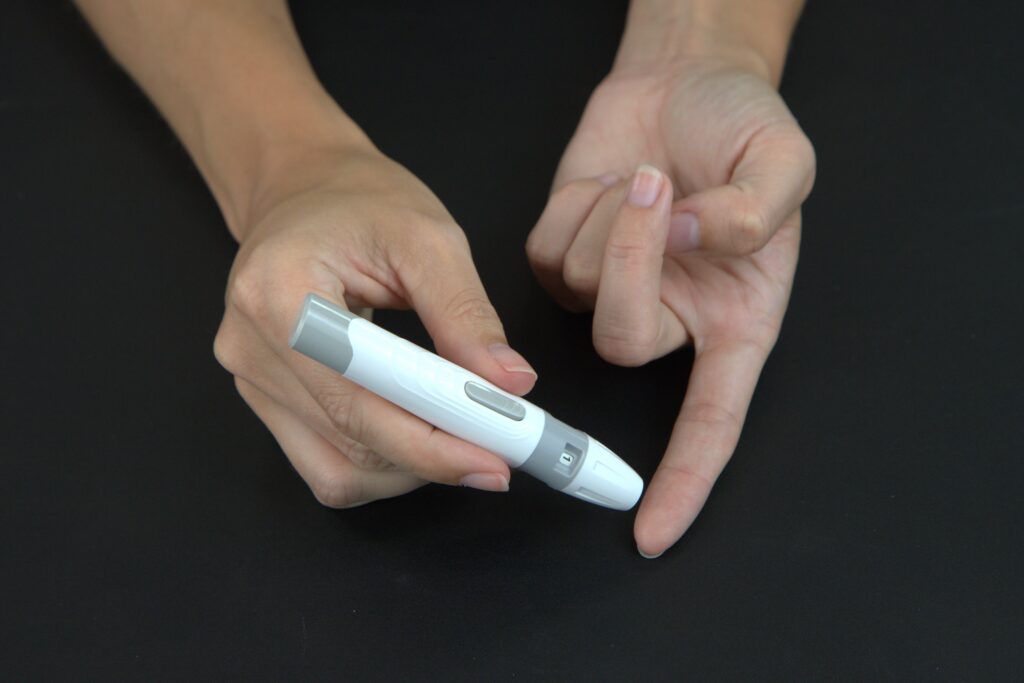Value-based care organizations are healthcare providers that prioritize high-quality care at a lower cost to patients. Remote patient monitoring (RPM) is a valuable tool for these organizations as it allows them to monitor patients remotely and make more informed decisions about their care.
One of the primary advantages of RPM for value-based care organizations is its ability to reduce hospital readmissions. By collecting real-time data on patients’ vital signs, symptoms, and medication adherence, healthcare providers can identify potential problems early on and take action to prevent them from becoming more serious. This can help to reduce the need for hospital visits and readmissions, which can save money for both patients and healthcare providers.

Moreover, RPM is a crucial aspect of value-based care that addresses the need for social determinants of health. Many patients face barriers to receiving care, such as poverty, lack of transportation, and social isolation, which can negatively affect their health and well-being. RPM allows healthcare providers to address these issues by providing regular contact with healthcare providers and caregivers, enabling social connectedness, and overall improved health outcomes for patients.
Another significant advantage of RPM is its ability to improve medication management. For patients with chronic conditions that require multiple medications, RPM can help ensure that they are taking their medications as prescribed. By monitoring medication adherence and providing timely reminders, healthcare providers can help prevent medication-related complications and improve patient outcomes.
RPM can also be especially beneficial for older adults who may have difficulty traveling to appointments or managing their own care. With RPM, healthcare providers can provide regular check-ins and monitor patients’ health status remotely, which can help older adults maintain their independence and stay in their homes longer.
Apart from the benefits above, RPM can also help patients become more actively involved in their own care by providing them with access to their own health data. Patients can then share this information with their healthcare providers and track their progress, giving them more control over their health outcomes. This helps improve patient satisfaction and overall outcomes.
However, there are some challenges associated with implementing RPM in value-based care organizations. One major challenge is ensuring that patients have access to the necessary technology and are comfortable using it. Healthcare providers must also ensure that they are complying with relevant data privacy and security regulations.
RPM also allows healthcare providers to personalize care to each patient’s unique needs. By collecting data on patients’ health metrics and using that information to tailor care plans, healthcare providers can ensure that each patient is receiving individualized care that is most effective for their specific situation. This can lead to improved patient outcomes and satisfaction.
Additionally, RPM enables healthcare providers to provide timely interventions to prevent complications. Healthcare providers can identify patients who are at risk of developing complications, such as heart failure or diabetes, and intervene early to prevent the issue from becoming more severe. This proactive approach to care helps to ensure that patients receive the appropriate care they need at the right time.
Finally, RPM can help reduce the burden on healthcare providers by streamlining care delivery. With RPM, healthcare providers can manage more patients at once and identify those who require immediate attention, allowing them to prioritize their efforts and provide more efficient care.
In conclusion, Remote patient monitoring (RPM) is an essential tool for value-based care organizations as it allows them to deliver high-quality care at a lower cost to patients. By using RPM, healthcare providers can monitor patients remotely, identify potential problems early, reduce hospital readmissions, and provide personalized care that addresses social determinants of health. Additionally, RPM empowers patients to become more actively involved in their own care and provides healthcare providers with the data they need to make informed decisions about treatment.







